Описание
Введение в очистку трубопроводов
Операторы трубопровода должны регулярно чистить и проверять трубопроводы. Чтобы достичь этого, они используют инструмент под названием «Инспективный маномер для трубопровода», обычно известный как свинья. Свиньи проходят внутри трубопроводов, чтобы выполнить различные задачи. Они удаляют мусор, проверяют повреждение и разделяют различные жидкости для поддержания целостности трубопровода.
Как работает процесс свиньи
Процесс свиньи начинается с вставки. Операторы помещают свинью в пусковую установку. Затем они используют давление продукта, чтобы протолкнуть свинью через трубопровод. Когда свинья движется, она выходит из строя и собирает ценные данные. Наконец, свинья выходит через приемник в конце трубопровода.
Типы инспекционных датчиков трубопровода
Существуют разные виды свиней, каждый из которых служит конкретной роли.
- Очистка свиней Снимите воск, ржавчину, ил и другие отложения.
- Инспекционные свиньи, часто называемые интеллектуальными свиньями, несут датчики, которые собирают внутренние данные о трубопроводе.
Операторы выбирают свиней в зависимости от размера, содержимого и конкретных потребностей в техническом обслуживании.
Интеллектуальные свиньи и сбор данных
Интеллектуальные свиньи обеспечивают расширенную диагностику. Эти свиньи используют такие технологии, как утечка магнитного потока или ультразвуковое тестирование для обнаружения коррозии, трещин или вмятин. Операторы анализируют данные для планирования профилактического обслуживания. Это помогает избежать утечек, разрывов и дорогостоящего простоя.
Операционные и экологические преимущества
Свинья также повышает эффективность трубопровода. Чистые трубопроводы уменьшают потерю давления и требуют меньшей энергии для транспортировки жидкостей. Кроме того, регулярные свиньи поддерживают безопасность окружающей среды, предотвращая утечки, которые могут нанести вред земле или источникам воды.
Приложения в разных трубопроводных системах
Свинья работает как в новых, так и в существующих трубопроводах. Операторы планируют свиньи на основе скорости потока, типа продукта и условий эксплуатации. Они также следят за движением свиньи, используя системы отслеживания, чтобы обеспечить безопасное и эффективное завершение своего путешествия.
Заключение
Значение проверки трубопровода играет жизненно важную роль в нефтегазовых операциях. Он сочетает в себе очистку, проверку и безопасность в один эффективный процесс. Используя свиней, операторы поддерживают производительность трубопровода, снижают риски и продлевают срок службы критической инфраструктуры.

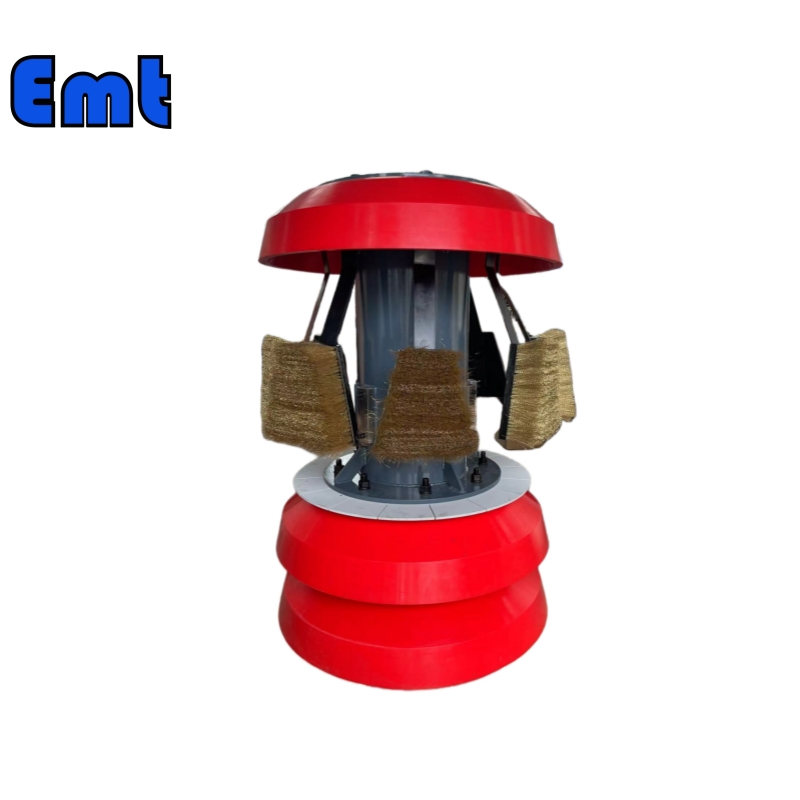
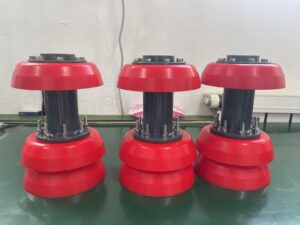
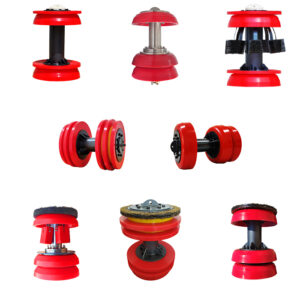
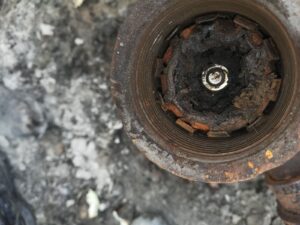
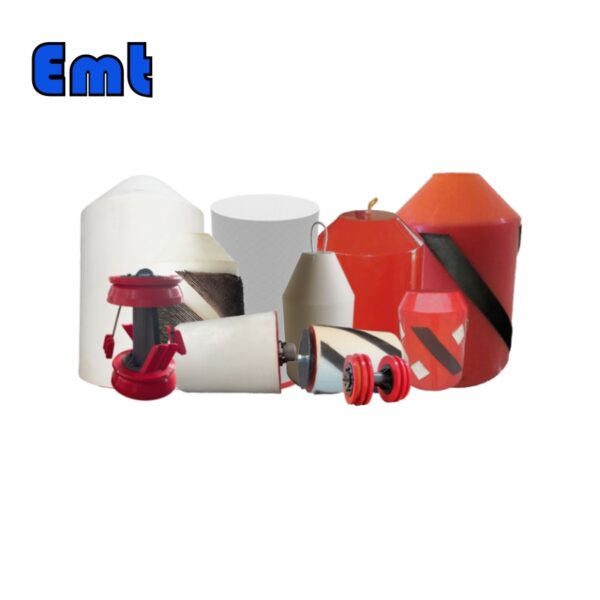
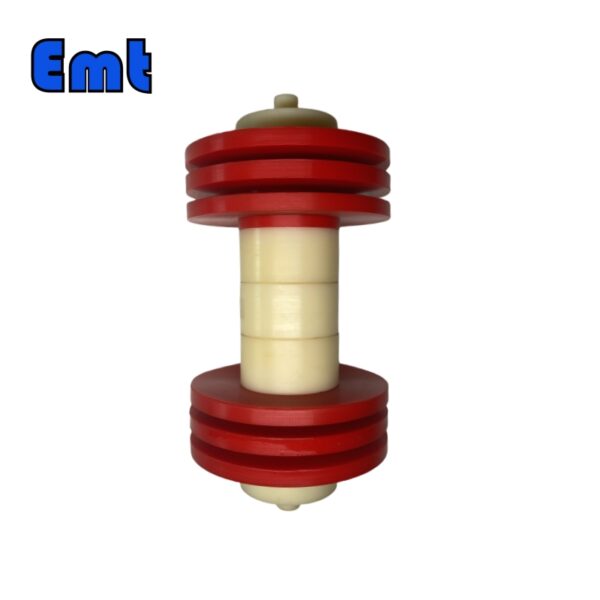
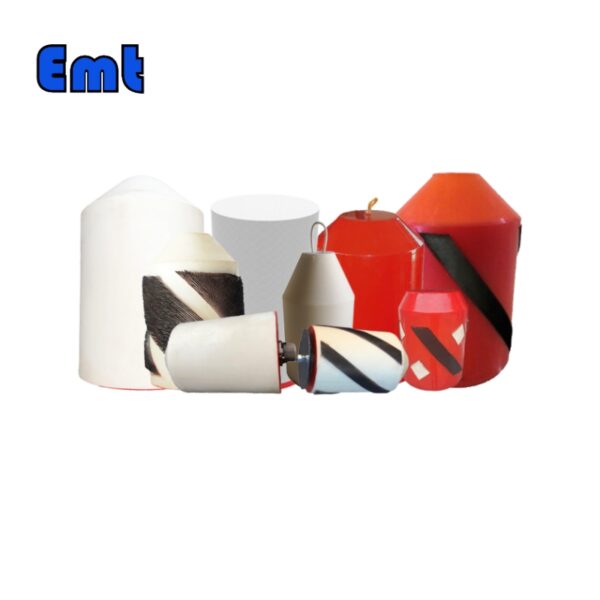
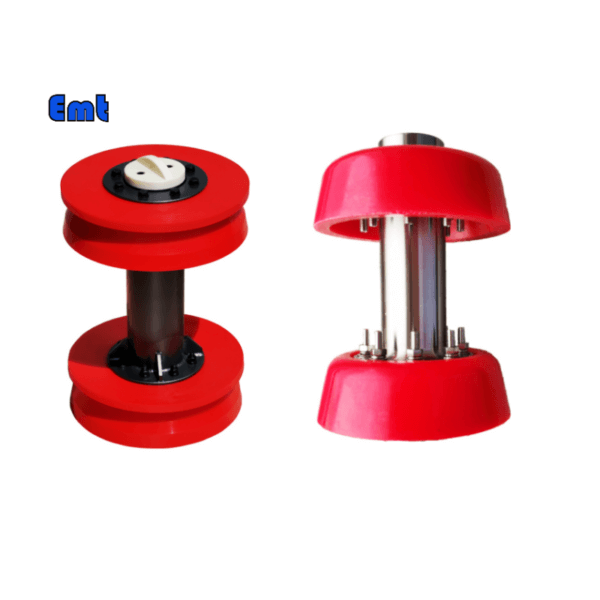
Отзывы
Пока нет отзывов.